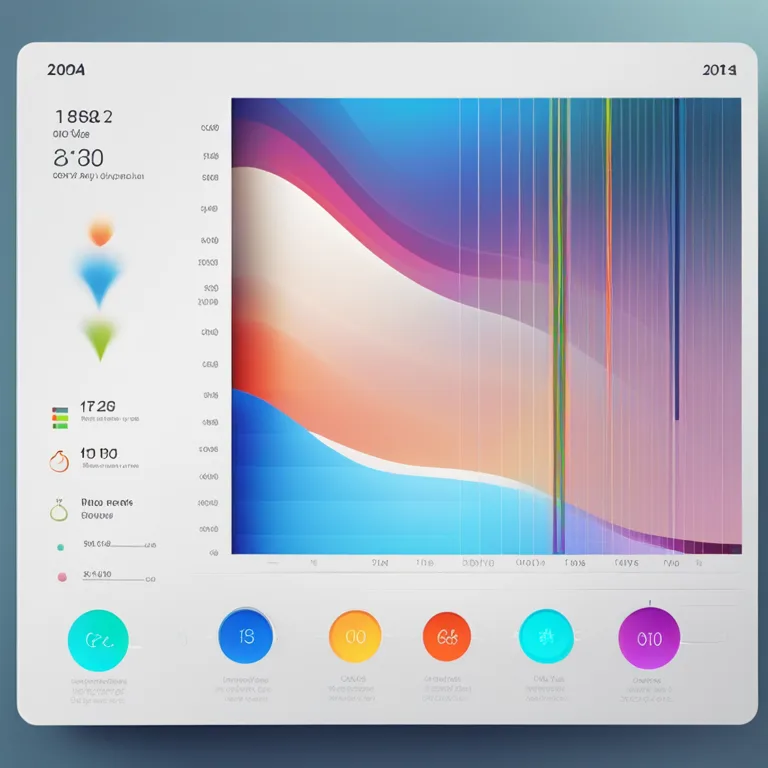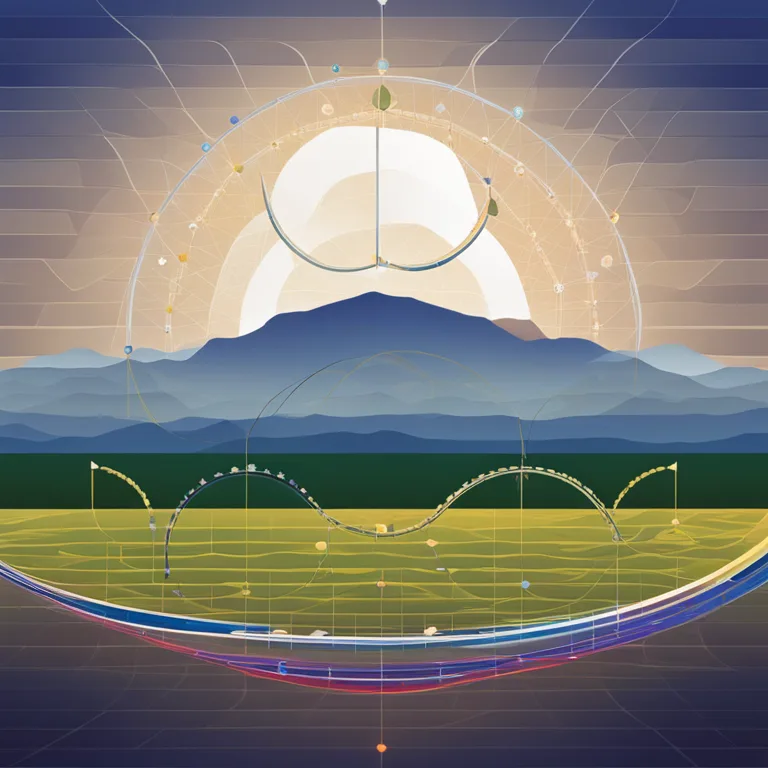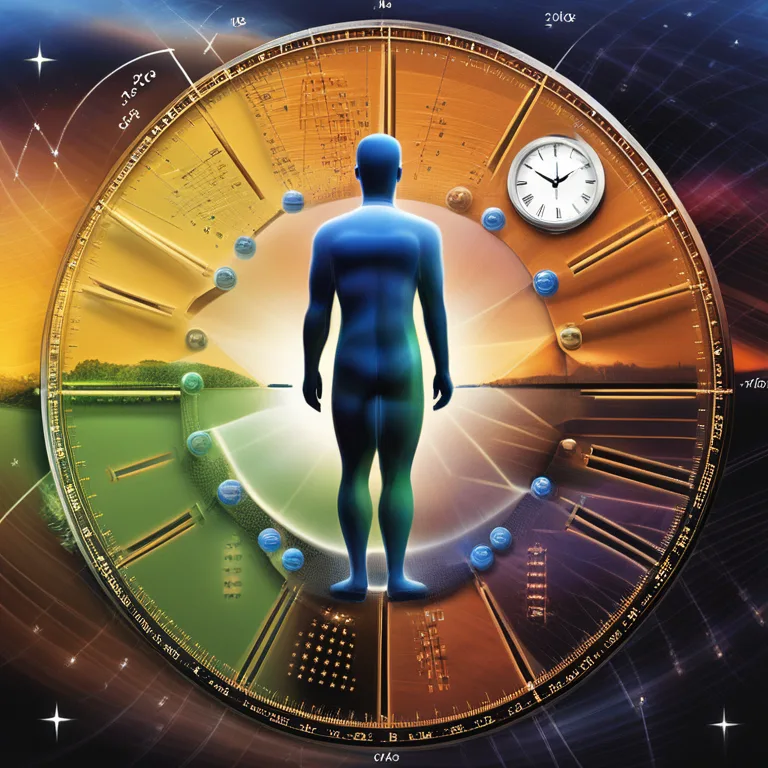
The Essence of Biorhythms: How They Influence Us
Delve into the concept of biorhythms, their origins within us, and the influence they have on our daily lives.
article by Adrian Wallace
Defining Biorhythms
Biorhythms are often depicted as invisible waves influencing our physical, emotional, and intellectual states. Intrinsic to human biology, they are not located in a particular organ but are rather seen as a sequence of biological cycles dictating our body's energy levels and performance. Since their initial theory in the 19th century by Wilhelm Fliess, biorhythms have sparked interest in how our innate clocks affect our daily functions. They oscillate through high and low phases, with each cycle having a distinct period. These fluctuations are believed to impact our capabilities, moods, and overall well-being.

The Three Primary Cycles
The rhythmic patterns are classified into three primary cycles: the 23-day physical, 28-day emotional, and 33-day intellectual cycles. Individually, each cycle rises and falls, intersecting and diverging in complex patterns. The physical cycle governs aspects such as stamina, strength, and coordination. The emotional cycle intertwines with our moods, creativity, and perceptions. Lastly, the intellectual cycle oversees mental agility, learning, and problem-solving prowess. A grasp of these patterns is critical for those seeking to harmonize their activities with their biorhythms for optimal outcomes.

Tracking Biorhythms
Despite their intangible nature, biorhythms are measurable. With technological advances in 2024, numerous apps and devices can now track and predict the ebb and flow of these cycles. By inputting basic data such as date of birth, users can monitor their personal biorhythms and anticipate periods of high achievement or potential lethargy. Embracing this data, individuals can tailor their schedules, from work plans to exercise regimens, to align with their natural rhythms, potentially enhancing performance and well-being.

Scientific Insights
While biorhythms face skepticism from parts of the scientific community, ongoing research offers new insights. Breakthrough studies have drawn correlations between biorhythms and circadian rhythms, reinforcing the idea that these invisible cycles are indeed rooted in biological mechanisms. They lend a framework to the concept of chronobiology – the study of periodic phenomena in living organisms – and reinforce the validity of using biorhythmic analysis as a tool for personal development and health management.

Application and Practice
The utility of biorhythms extends into everyday decision-making. Athletes might time their training and competitions with periods of peak physicality. Professionals might undertake demanding tasks or negotiations during a high intellectual phase. Even on a personal level, understanding biorhythms can influence relationship dynamics, indicating when partners are more likely to be emotionally receptive. Despite the absence of concrete evidence, adherents often claim improved life quality by observing and respecting their biological cycles.
Future Prospects
As society continues to embrace holistic health and personalized medicine, biorhythms may gain further traction. Future innovations in biometric wearables could offer more precise tracking and deeper analysis of biorhythmic patterns. There's potential for integrating biorhythmic insights into artificial intelligence systems, providing even more personalized health and lifestyle recommendations. The journey into the realm of biorhythms is just beginning, and with technology's rapid advancement, our understanding of these cycles will undoubtedly evolve.
Published: 12/28/2023
Modified: 12/28/2023
More predictions
Come back here soon to learn more about yourself and your future


The Synergy of Biorhythm Compatibility
Delve into the intriguing concept of biorhythm compatibility to foster deeper connections and understand interpersonal dynamics.


Biorhythm Insights: Patterns of Life's Peaks and Valleys
Discover the intriguing concept of biorhythms and see practical examples of how these physiological cycles might influence our daily lives.


Harmonizing Life Rhythms: Biorhythm Compatibility Explained
Discover how biorhythm compatibility impacts relationships and personal interactions, fostering harmony and understanding.